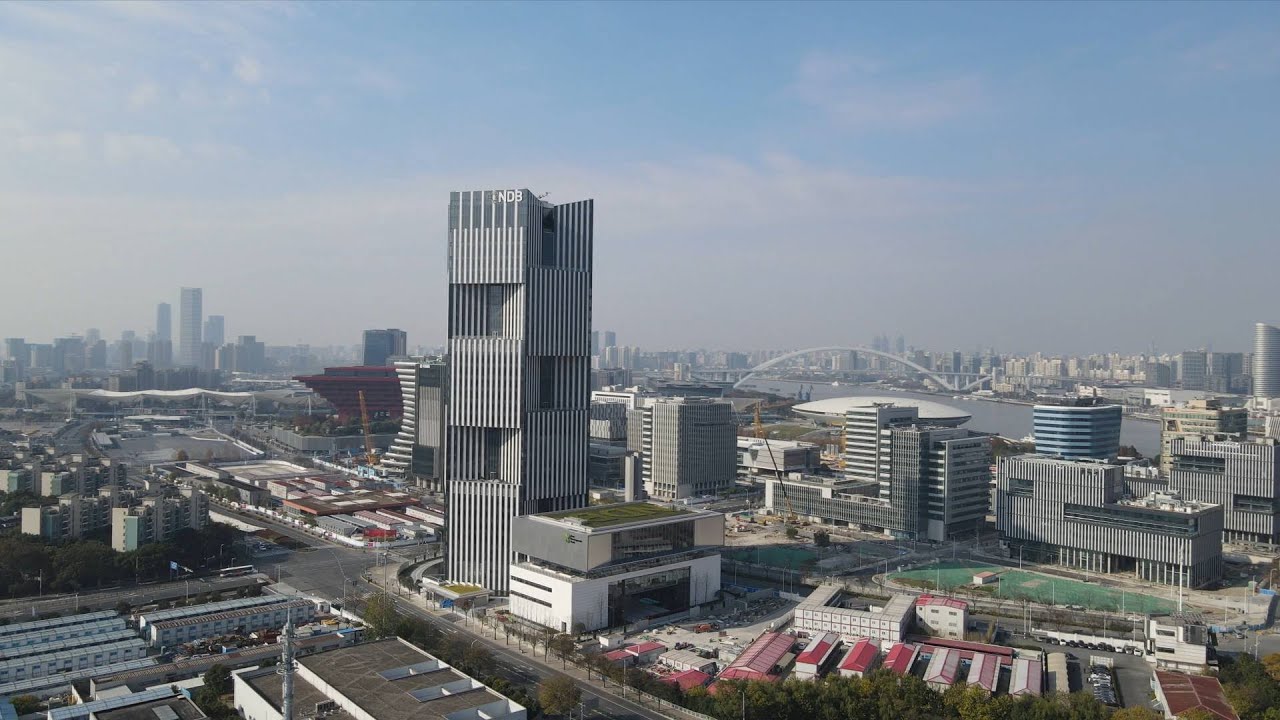RIO DE JANEIRO, BRAZIL – The NDB (New Development Bank) was created in 2016 to foster infrastructure projects in the BRICS countries -Brazil, Russia, India, China, and South Africa.
Since 2020, Brazil has had nine financing projects approved by the Brics Bank, an informal name for the NDB.
The number represents US$4.4 billion in investments, according to a survey by the Poder360 newspaper.

The total number of projects puts Brazil in 1st place among the nine members of the institution – China, Russia, India, South Africa, and, since 2021, Bangladesh, Egypt, United Arab Emirates, and Uruguay. There are still six projects under analysis.
From 2016 to 2019, Brazil sought the NDB in 6 projects: 5 were approved and one canceled.
The Bank of the Brics was created in 2014 but only started operating in 2016. It has an initial capital of US$100 billion. Each member of the BRICS -Brazil, Russia, India, China, and South Africa- is responsible for 20% of the amount.
The increase in Brazilian participation in the project portfolio is new. Since the creation of the NDB, India, and China were the leaders in projects approved by the bank, with 17.
India is the country that has filed the most requests: there are 24 approved, canceled, and under analysis. China has 22.
BRAZIL IN NDB
So far, the most significant loan approved was for the Sustainable Infrastructure project of BNDES (National Bank for Economic and Social Development) with the NDB.
To pass the amount to the public and private sectors to finance subprojects in renewable energy, urban mobility, sanitation, transportation, and information technology until 2030. The NDB will invest US$1.2 billion, and the BNDES, US$300 million.
The response to Covid in Brazil in 2020 also had the multilateral bank’s help. The NDB has approved a US$1 billion (R$5.5 billion) loan to the federal government to support the payment of emergency aid.
CAF (Development Bank of Latin America) and the World Bank also made transfers. In all, the Brazilian government received US$ 4 billion for the program – more than R$22 billion at the current exchange rate.
There are also resources approved for municipal and state projects. The São Paulo city of Sorocaba, for example, borrowed US$40 million for improvements in urban infrastructure. It wants to build a 24,000 square meter drainage system and underpasses.
Pará state got a US$153 million loan last year. The amount corresponds to 80% of the total cost for paving and resurfacing the state’s road network. Only 33.7% of Pará’s 11,745 kilometers of roads are paved.
Banco do Brasil, for its part, should also receive resources to invest in infrastructure projects in agriculture. The NDB should lend US$300 million.
WORLD BANK
While the number of Brazilian projects in the NDB has increased, Brazilian participation in financing in the World Bank is lower. Last year ended with three projects registered, two active and one suspended.
Here is the historical volume – to check the value per year, from 1970 to 2021, hover the mouse cursor or your finger on the screen of your cell phone or tablet over the blue line of the graph:
The year 2010 was when Brazil sought the most support from the World Bank, with 24 projects. In 2008 there were 22, and in 2009, 18.
The pandemic caused the number of projects filed to grow in 2020 when Brazil sought eight proposals. In 2018 and 2019, the country raised 3 and 4 projects, respectively. This includes the US$1 billion Income Support Project for the Poor Affected by the pandemic.

